The Lancet Neurology journal reported in 2013 that more than 50 million traumatic brain injuries (TBI) occur internationally each year. The concussion is a mild TBI — and the most common. According to estimates by the United States Centers for Disease Control and Prevention, 1.6 to 3.8 million sports- and recreation-related concussions occur each year in the U.S. The American Association of Neurological Surgeons reports that an athlete who has sustained a concussion is three to six times more likely to sustain another.
In Canada, more than one in four people (27 per cent) aged 15 and older regularly participated in sports in 2016, with hockey at the top of the list.
The Public Health Agency recently reported that for “sports and recreation-related activities among children and adolescents five to 19 years of age, hockey consistently showed the highest proportion of TBI relative to all injuries. Rugby also emerges as a sport with a high percentage of TBI for both males and females aged 10 to 19 years.”
Research into concussions has taken on increasing importance at Concordia’s Department of Health, Kinesiology and Applied Physiology, where associate professor Geoff Dover serves as graduate program director.
“Concordia has a very strong clinical program in athletic therapy and there has been a push over the last 20 years to increase research into concussions,” says Dover, a certified athletic therapist and athletic trainer whose 2020 study — “Athlete Fear Avoidance, Depression, and Anxiety are Associated with Acute Concussion Symptoms” — is currently under peer review for publication.

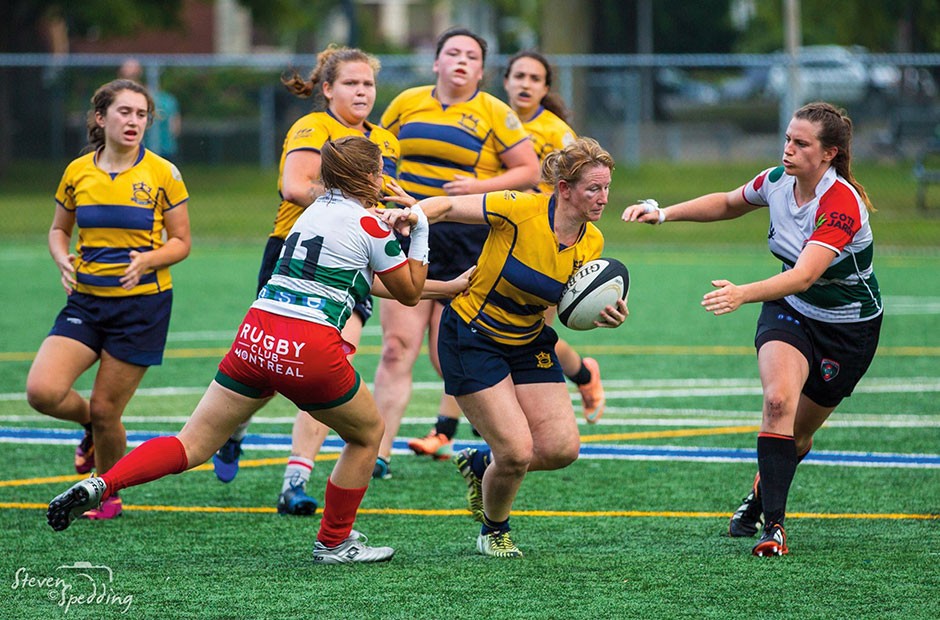
 Kyla Demers, BSc 04, MSc 19
Kyla Demers, BSc 04, MSc 19
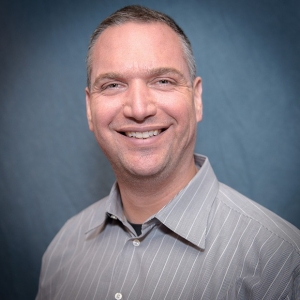 Geoff Dover
Geoff Dover
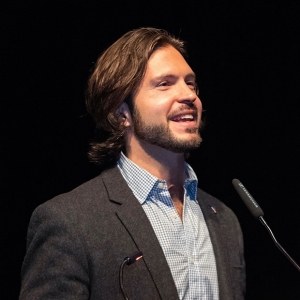 Enrico Quilico, BEd12
Enrico Quilico, BEd12
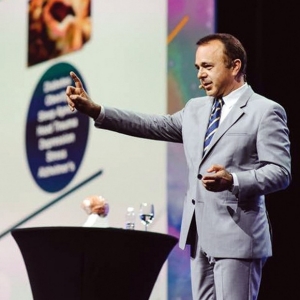 Majid Fotuhi, BSc 87
Majid Fotuhi, BSc 87
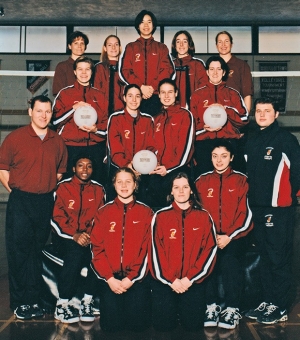 Centre right, with ball: Isabel Galiana, BSc 98, CEO of Saccade Analytics, with her 1996 Concordia Stingers volleyball teammates
Centre right, with ball: Isabel Galiana, BSc 98, CEO of Saccade Analytics, with her 1996 Concordia Stingers volleyball teammates